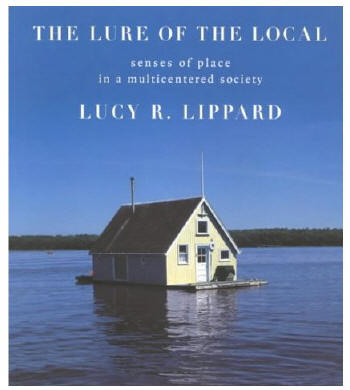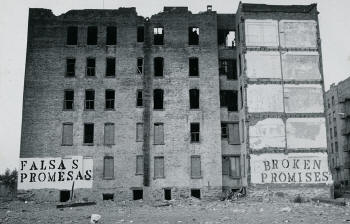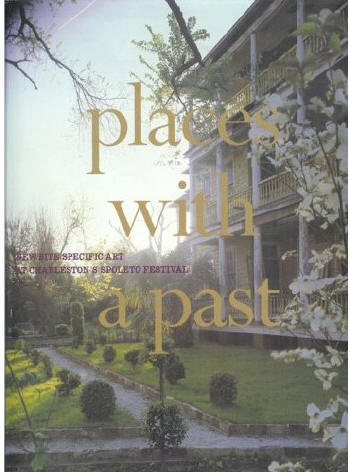|
|
| home | features | exhibitions | interviews | profiles | webprojects | gazetteer | links | archive | forum |
|
The Lure of the Local Lucy Lippard, art-critic and theorist wrote the book: Lure of the Local in 1997. It is a substantial work describing America as a place, or more accurately as a series of places, each with their own unique histories and iconographies. What follows are a selection of quotes from the book chosen for their relevance to recent artist-led initiatives in Cornwall.
from the introduction
'The Lure of the Local is the pull of place that operates on all of us, exposing our politics and our spiritual legacies. It is the geographical component of the psychological need to belong somewhere, one antidote to a prevailing alienation'. 'Artists can make the connections visible. They can guide us through sensuous kinesthetic responses to topography, lead us from archeology and land-based social history into alternative relationships to place. They can expose the social agendas that have formed the land, bring out multiple readings of places that mean different things to different people at different times rather than merely reflecting some of their beauty back into the marketplace or the living room. As envisionaries, artists should be able to provide a way to work against the dominant cultures rapacious view of nature, reinstate the mythical and cultural dimensions of public experience, and at the same time become conscious of the ideological relationships and historical constructions of place. The dialectic between space and change can provide the kind of no-man's-land where artists thrive'. 'A painting, no matter how wonderful, is an object in itself separate from the place it depicts. It frames and distances through the eyes of the artist...like tourism, painting formalises place into landscape' 'My models are those artists who strengthen the bonds between art, audience, and context. They tend to be interested in the narrative landscape, understanding place and history to include people, forming the grass roots of much interactive or 'new genre' public art'
FROM PART V: chapter 1 'Place-specific art would be an art that reveals new depths of a place to engage the viewer or inhabitant, rather than abstracting that place into generalisations that apply just as well to any other place'
'The cult of the new is a virus that has done public art little good. While I use the word new as much as the next person, I know that a truly public art need not be new to be significant, since the social contexts and audiences so crucial to its formation are always changing'. 'The distance between the art-world and the world in which most of us live remains vast'
chapter 2 '(There has been) a deracinating process by which art, like its makers, has been cut loose from any real location and has been forced to create its own'. 'The global art-world is only theoretically decentred...I want to see the discussion go beyond this view of the margins from the center, to see artists truly enter the realm of the decentered, or in a more positive light, the realm of the multicentered'. 'local public art has not caught on in the mainstream because in order to attract sufficient buyers in the current system of distribution art must be generalised, detached from politics and pain...' 'a place ethic demands a respect for a place that is rooted more deeply than an aesthetic version of the 'tourist gaze' provided by imported artists whose real concerns lie elsewhere or back in their studios' 'The now time-honored practice of importing artists for place-oriented exhibitions is increasingly questionable' 'Sophisticated exhibitions like 'Places with a Past' which has become the model for art about place rooted less in local community than in myth filtered through the avant garde tend to be strong in form and weak in connectedness'
chapter 3 'The challenge is to establish more bonds radiating out from the art 'community' to marginalised artists, to participant communities and audiences, allowing the art idea to become finally part of the social multicenter rather than an elite enclave' 'I've been asked whether attention to the local couldn't become tunnel vision resulting in the loss of the big picture and of the ability to communicate across boundaries. For now I worry more about the loss of the small picture. Local does not have to mean isolated, self-indulgent or inbred. In fact those terms apply better to the artworld'.
|
|
|



